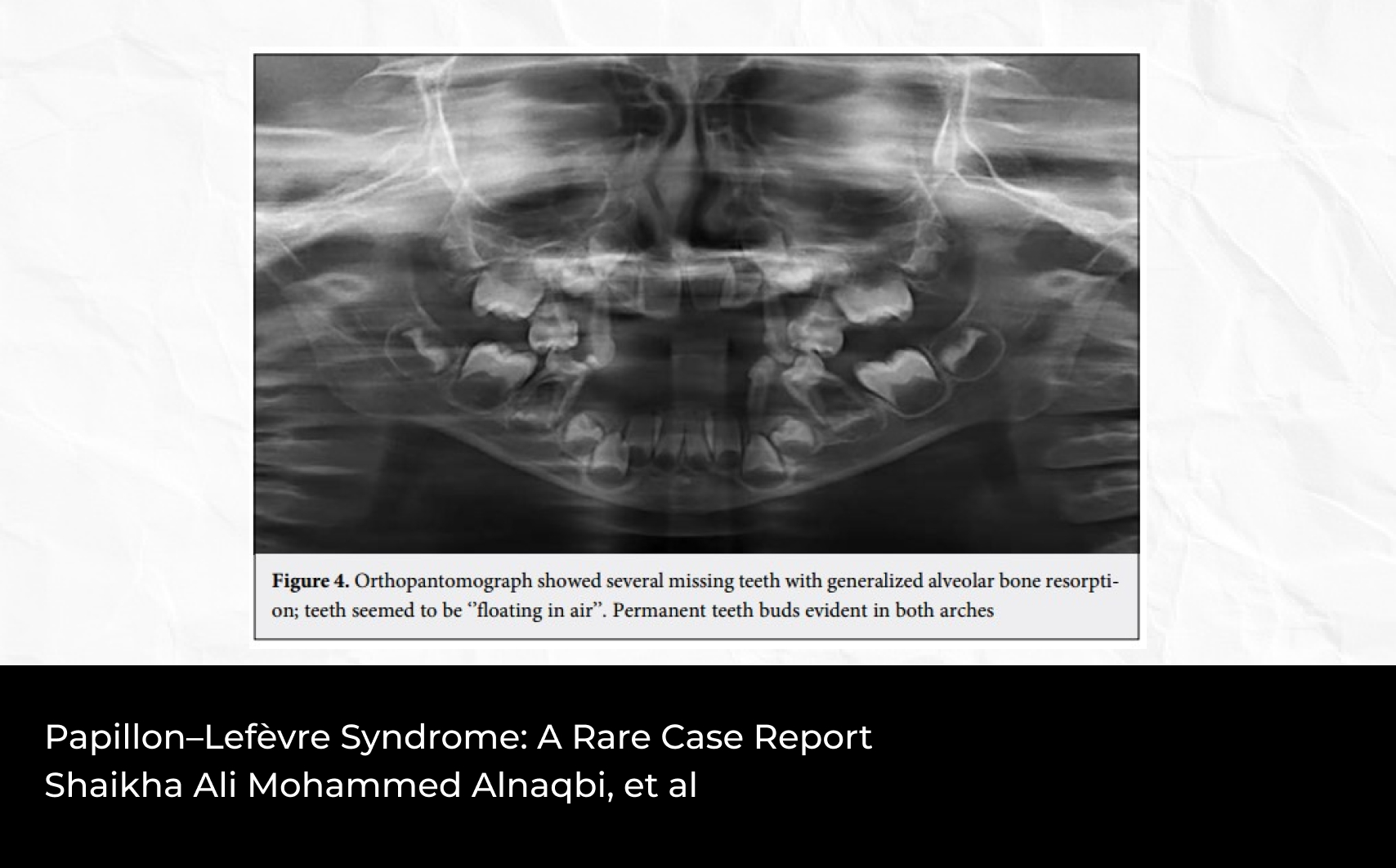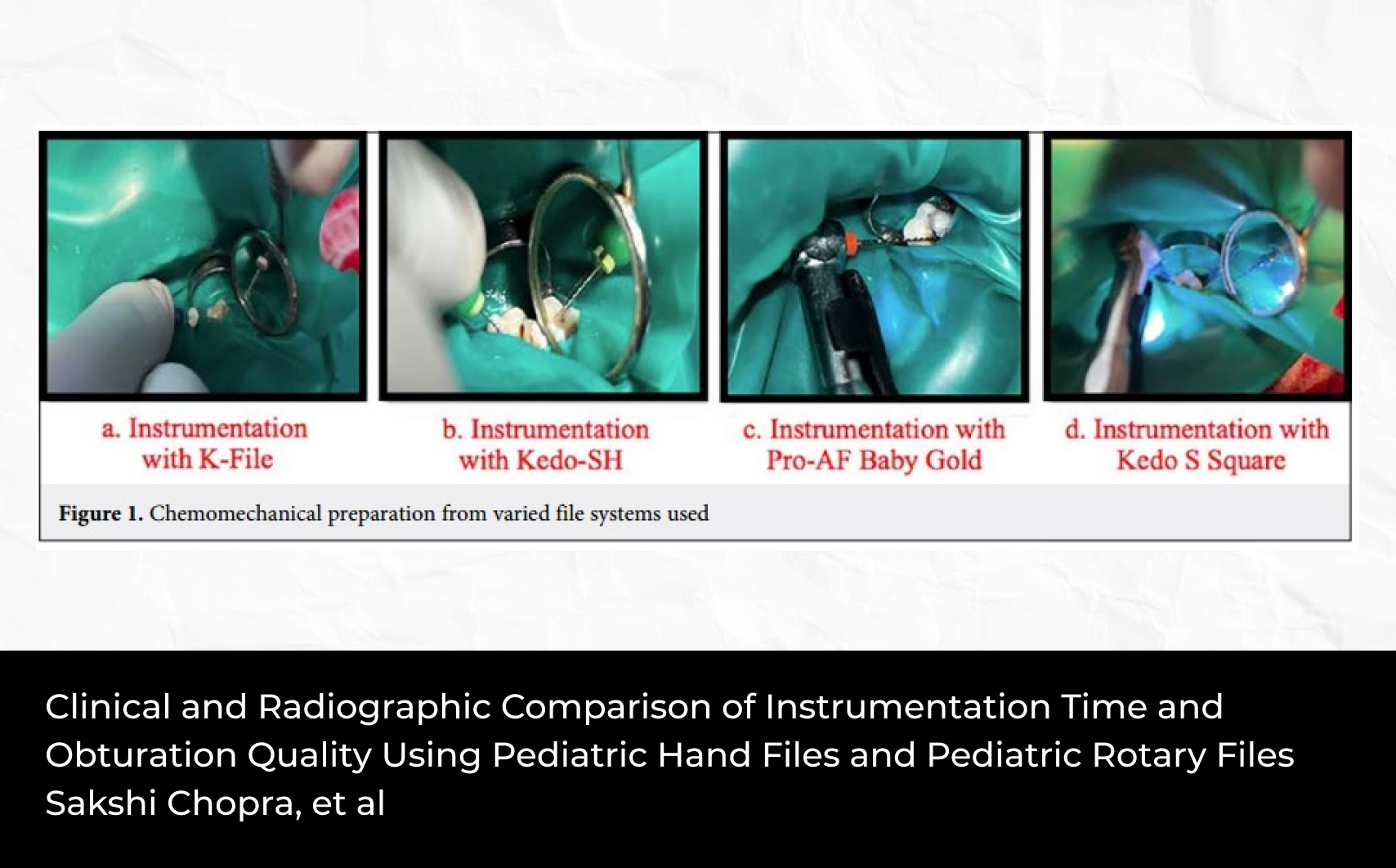2S. V. S. Dental College, Mehaboobnagar, Andhra Pradesh, India
Abstract
Odontometrics is the biometric science that studies size of tooth. This tooth size data can be used to compare prehistoric and modern populations; to know the heritabilities and to study the development of dental occlusion. Thus the aim of the present study was to obtain crown dimensions of primary molars in a sample of South Indian children. 100 children between the age groups of 4 to 9 years was randomly selected. Molars presenting anomalies of the crowns, caries or restorations were excluded. Measurements were made on dental plaster models, using digital Vernier calipers. The tooth in the right and left quadrant (antimeric teeth) did not show any statistically significance. Males show larger mean measurement than females. The maximum sexual dimorphism was observed with respect to the buccolingual dimension. Primary first molars had less variability than second molars in the measurements studied. The measurement with less variability was mesiodistal dimension, followed by buccolingual dimension. This is an attempt to obtain average dimensions of primary molars in South Indian children thus the data can be utilized for fabrication of preformed crowns and bands and also to study the patterns of occlusal development. The male children had significantly larger primary molars when compared to female children. The primary first molars exhibited relatively less variability when compared to the second molars.














